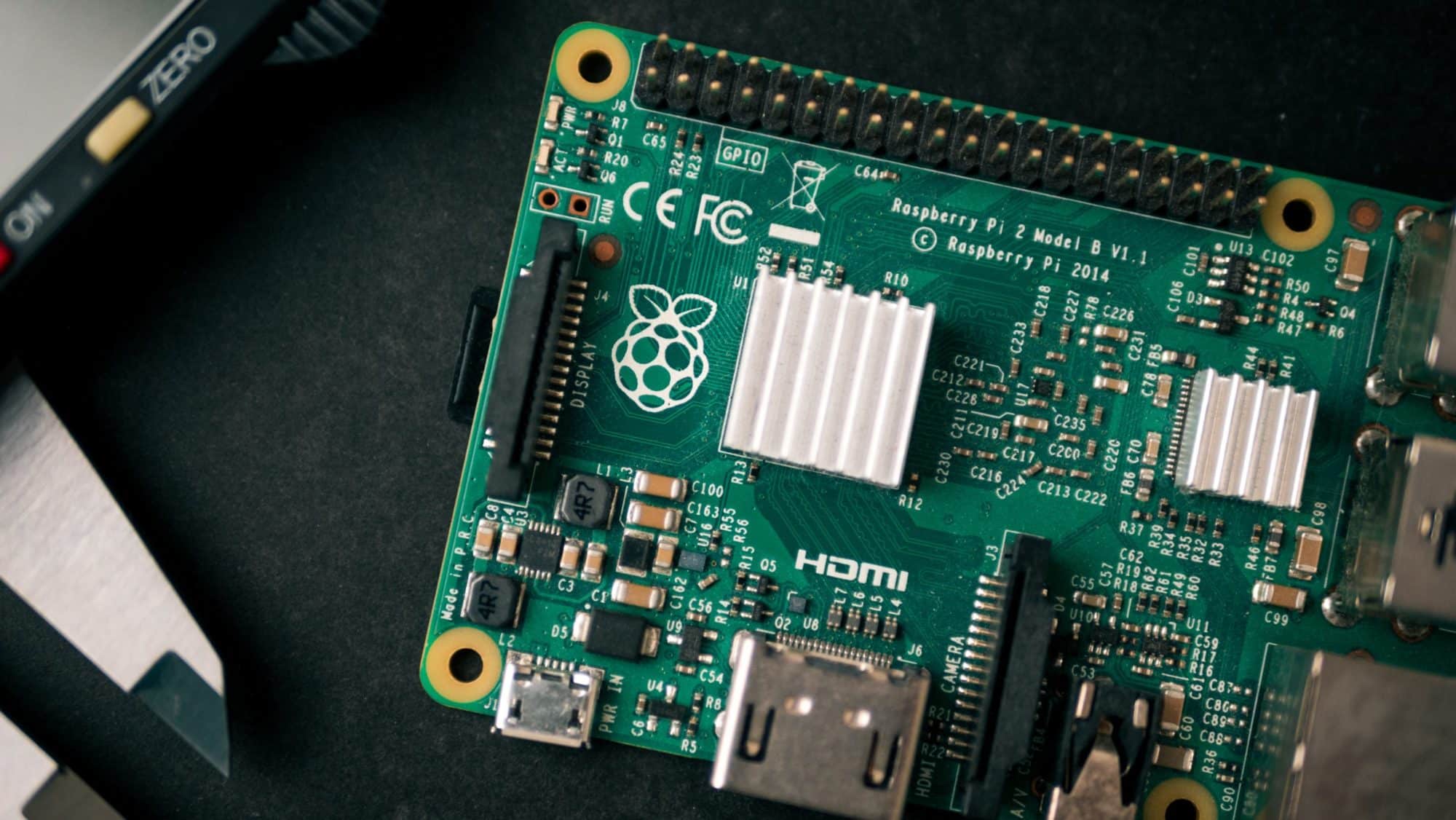Connecting your Raspberry Pi to an AWS server through a secure Virtual Private Cloud (VPC) is a critical step for managing IoT devices remotely. RemoteIoT, a platform designed for seamless IoT device management, offers tools to enhance this connection while ensuring security and reliability. With the rise of IoT applications, securely connecting your Raspberry Pi to AWS via RemoteIoT VPC is becoming increasingly important for businesses and developers alike. This guide will walk you through the steps to establish a secure connection, ensuring your data remains protected while optimizing performance. Whether you're a beginner or an experienced developer, understanding how to securely connect RemoteIoT VPC Raspberry Pi AWS server will empower you to build robust IoT solutions.
RemoteIoT provides a user-friendly interface to simplify the process of setting up secure connections. By leveraging AWS's powerful infrastructure, you can manage your Raspberry Pi devices from anywhere in the world. This not only enhances productivity but also ensures that your IoT devices operate efficiently. The combination of RemoteIoT, Raspberry Pi, and AWS creates a robust ecosystem for IoT projects, enabling you to focus on innovation rather than infrastructure management.
In this article, we will explore the key steps to securely connect your Raspberry Pi to an AWS server using RemoteIoT VPC. You'll learn how to configure your devices, troubleshoot common issues, and implement best practices for security. By the end of this guide, you'll have a clear understanding of how to securely connect RemoteIoT VPC Raspberry Pi AWS server and maximize the potential of your IoT projects.
Read also:Discovering The World Of 1040108311001103 104310911090110010771088108810771089 A Journey Into Her Life And Achievements
Table of Contents
- Why Securely Connect RemoteIoT VPC?
- How to Set Up RemoteIoT VPC?
- What Are the Benefits of Using RemoteIoT VPC?
- How to Securely Connect Raspberry Pi to AWS Server?
- Step-by-Step Guide to Securely Connect RemoteIoT VPC Raspberry Pi AWS Server
- What Are the Common Challenges in Connecting Raspberry Pi to AWS?
- Best Practices for Secure Connections
- How to Troubleshoot Connection Issues?
- Security Tips for RemoteIoT VPC Raspberry Pi AWS Server
- Conclusion
Why Securely Connect RemoteIoT VPC?
Connecting your Raspberry Pi to an AWS server through RemoteIoT VPC ensures that your data remains encrypted and protected from unauthorized access. This setup is essential for businesses that rely on IoT devices to collect and process sensitive information. By securely connecting RemoteIoT VPC Raspberry Pi AWS server, you can reduce the risk of cyberattacks and ensure compliance with data protection regulations.
How to Set Up RemoteIoT VPC?
Setting up RemoteIoT VPC involves creating a secure network environment within AWS. This includes configuring subnets, security groups, and routing tables. Once the VPC is established, you can integrate your Raspberry Pi devices and manage them through the RemoteIoT platform. This process ensures that your IoT devices communicate securely with the AWS server.
What Are the Benefits of Using RemoteIoT VPC?
Using RemoteIoT VPC offers several advantages, including enhanced security, scalability, and ease of management. By securely connecting RemoteIoT VPC Raspberry Pi AWS server, you can monitor and control your IoT devices from a centralized dashboard. This simplifies the management process and allows you to focus on developing innovative applications.
How to Securely Connect Raspberry Pi to AWS Server?
Connecting your Raspberry Pi to an AWS server involves several steps, including installing necessary software, configuring network settings, and setting up authentication protocols. This section will guide you through the process, ensuring that your connection is both secure and reliable.
Step-by-Step Guide to Securely Connect RemoteIoT VPC Raspberry Pi AWS Server
To securely connect your Raspberry Pi to an AWS server, follow these steps:
- Set up an AWS account and create a VPC.
- Install the RemoteIoT agent on your Raspberry Pi.
- Configure the security groups and network settings in AWS.
- Establish a secure connection using SSH or VPN.
- Test the connection to ensure it's working properly.
What Are the Common Challenges in Connecting Raspberry Pi to AWS?
Some common challenges include network configuration errors, authentication issues, and compatibility problems. By understanding these challenges, you can take proactive steps to avoid them and ensure a smooth setup process.
Read also:Bryan Johnson Divorce Unveiling The Truth Behind The Split
Best Practices for Secure Connections
Implementing best practices is crucial for maintaining a secure connection between your Raspberry Pi and AWS server. These include using strong passwords, enabling multi-factor authentication, and regularly updating your software. By following these guidelines, you can minimize the risk of security breaches.
How to Troubleshoot Connection Issues?
If you encounter connection issues, start by checking your network settings and security configurations. You can also consult the RemoteIoT documentation or reach out to their support team for assistance. Troubleshooting effectively will help you resolve issues quickly and maintain a secure connection.
Security Tips for RemoteIoT VPC Raspberry Pi AWS Server
To enhance security, consider implementing the following tips:
- Use encrypted communication protocols.
- Restrict access to authorized users only.
- Regularly monitor your network for suspicious activity.
Conclusion
Securely connecting RemoteIoT VPC Raspberry Pi AWS server is a vital step for managing IoT devices efficiently and securely. By following the steps outlined in this guide, you can establish a reliable connection that protects your data and enhances your IoT projects. Whether you're a beginner or an experienced developer, this guide provides the tools and knowledge you need to succeed.

